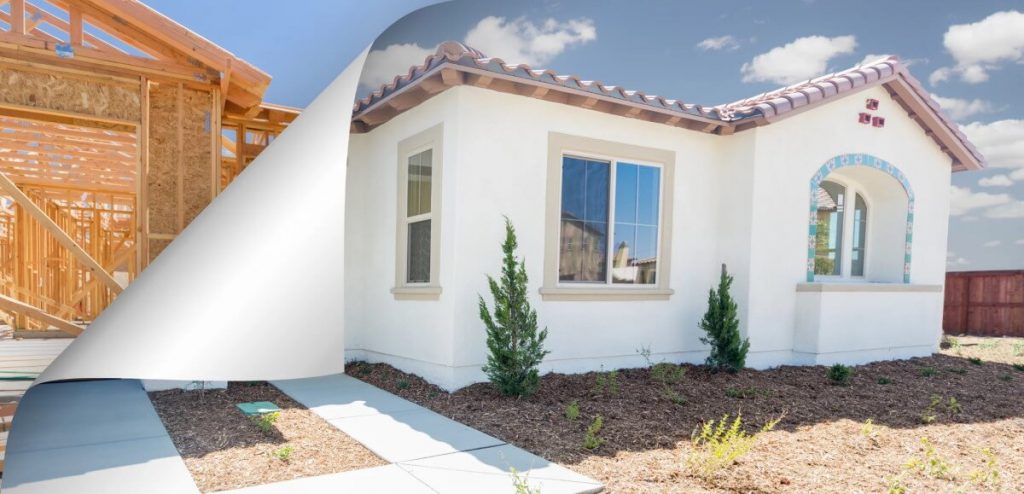Quick Summary
House flippers want to make as much money as possible, but how many houses can you flip in a year?
Technically speaking, there aren’t any regulations stating you may only flip ‘X’ number of houses per year. It depends on your finances, time management, and the availability of homes in your area.
The average real estate investor flips 2 to 7 homes a year. You may flip more or less – depending on your capabilities, experience and time availability.
So what determines how many houses you can flip in a year? Check out the following factors.
How Much Capital Do You Have?
You need money to complete a successful house flip. You can fund up to 90% of the investment property using a hard money loan, but you still need to invest some of your own money. Since most people don’t have unlimited resources, capital will have a large influence on how many homes you can actually afford to flip in a calendar year.
For instance, if you tie up most of your capital into one house flip, you will probably have to wait until it sells before you can flip another property. When flipping houses in linear fashion (rather than simultaneously), you are likely to max out at 3-4 houses per year, and that’s assuming you have some experience under your belt.
However, if you have a large amount of capital to play with and you run multiple flipping projects at the same time, it is feasible to complete 5-8 flips per year.
Side note – to work out the profit margin, holding costs, closing costs and potential profit that you can expect to make during a home flip, check out our hard money calculator.
You can also review our guide on the capital gains tax that you can expect to pay when home flipping here.
What’s The Market Like When You Buy?
It’s not always a buyer’s market. Sometimes there are only a few houses available and not every house on the market can actually be flipped for profit.
If there aren’t a lot of suitable houses to buy, it limits how many houses you can flip in a year. Even if there are homes on the market, they may not be suitable for flipping. Look for houses priced below market value that leave room financially for renovations.
How Much Time Do You Have?
Time plays a major role in flipping houses and in many different ways.
First, there’s the time needed to find suitable homes. Using a real estate agent may speed things up, but finding the right home takes time.
Next, you need time to renovate the homes . Extensive home renovations can take up to 6 months, but not all renovations take that long. If you’re lucky enough to find homes that don’t need structural work, you may renovate and flip them faster.
Lastly, you also have to factor in your own time availability. If you’re a full time flipper, this probably won’t be a factor, but if you’re flipping houses on the side, time scarcity could easily prevent you from flipping multiple houses in a single year.
What’s The Market Like When You Sell?
The state of the market is another key factor when selling a house, and it can make or break a real estate investment. How many buyers are out there? What’s the market like in your area? Are prices high or low when you are ready to sell? What about interest rates ?
Many factors play a role in how long it takes to sell the home. Some homes sell fast, while others take months. If your capital is tied up in the home, you can’t buy and flip another home until you get your capital back.
Bottom Line
So how many houses can you flip in a year? It really depends on the house flipper. When first starting out, aiming for 1-3 flips is both realistic and ambitious. As you gain more house flipping experience, setting your sights on 3 to 7 flips will become an achievable goal, based on the property flipping stats released by Attom data solutions.
It’s best not to rush the process as you could end up making costly mistakes. However, you also don’t want to take so long that you miss out on other property flipping opportunities.
Ultimately, it’s a fine balance you walk when flipping homes, but every home flip that you complete will help you become a faster and more efficient real estate investor.

